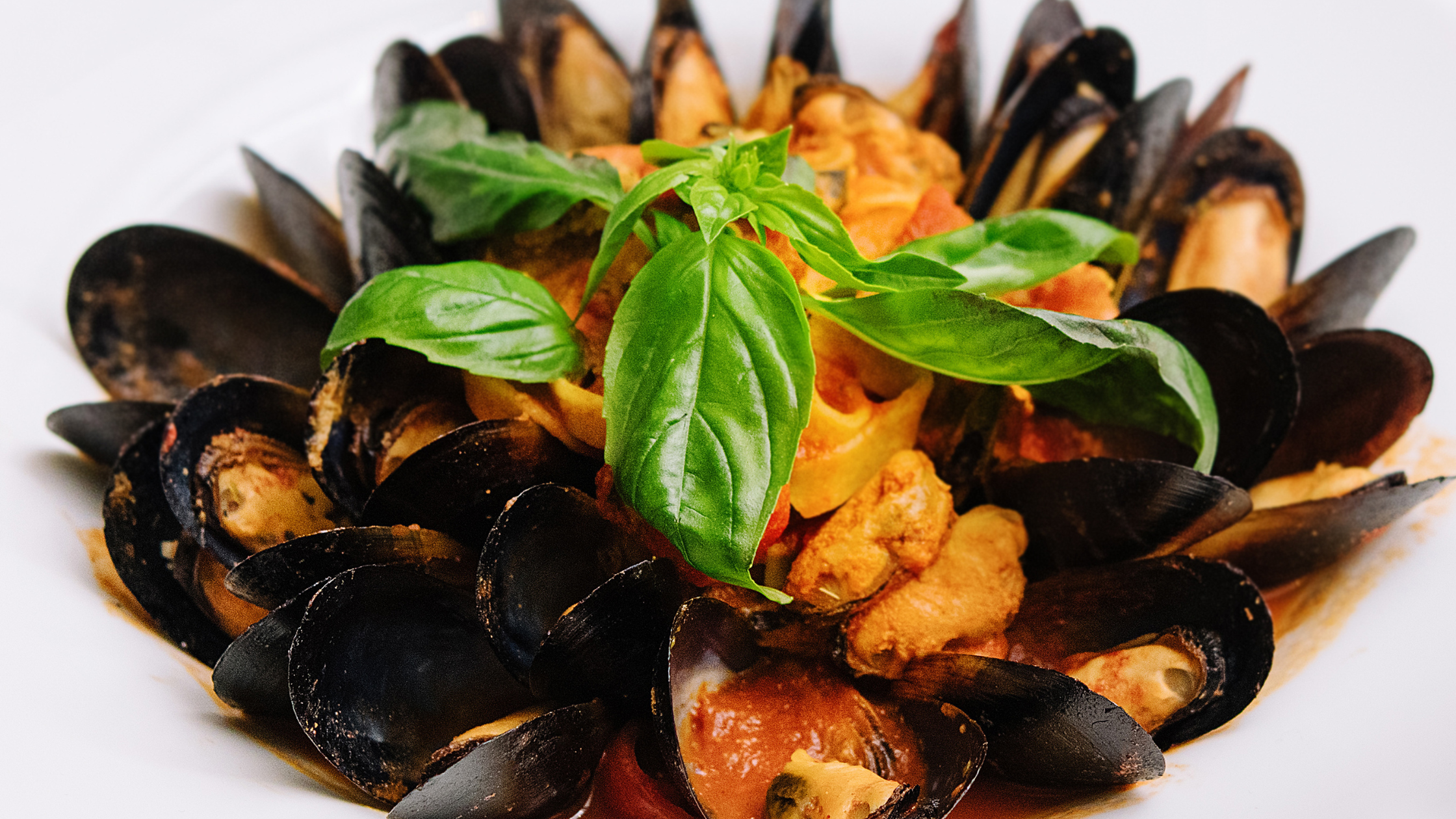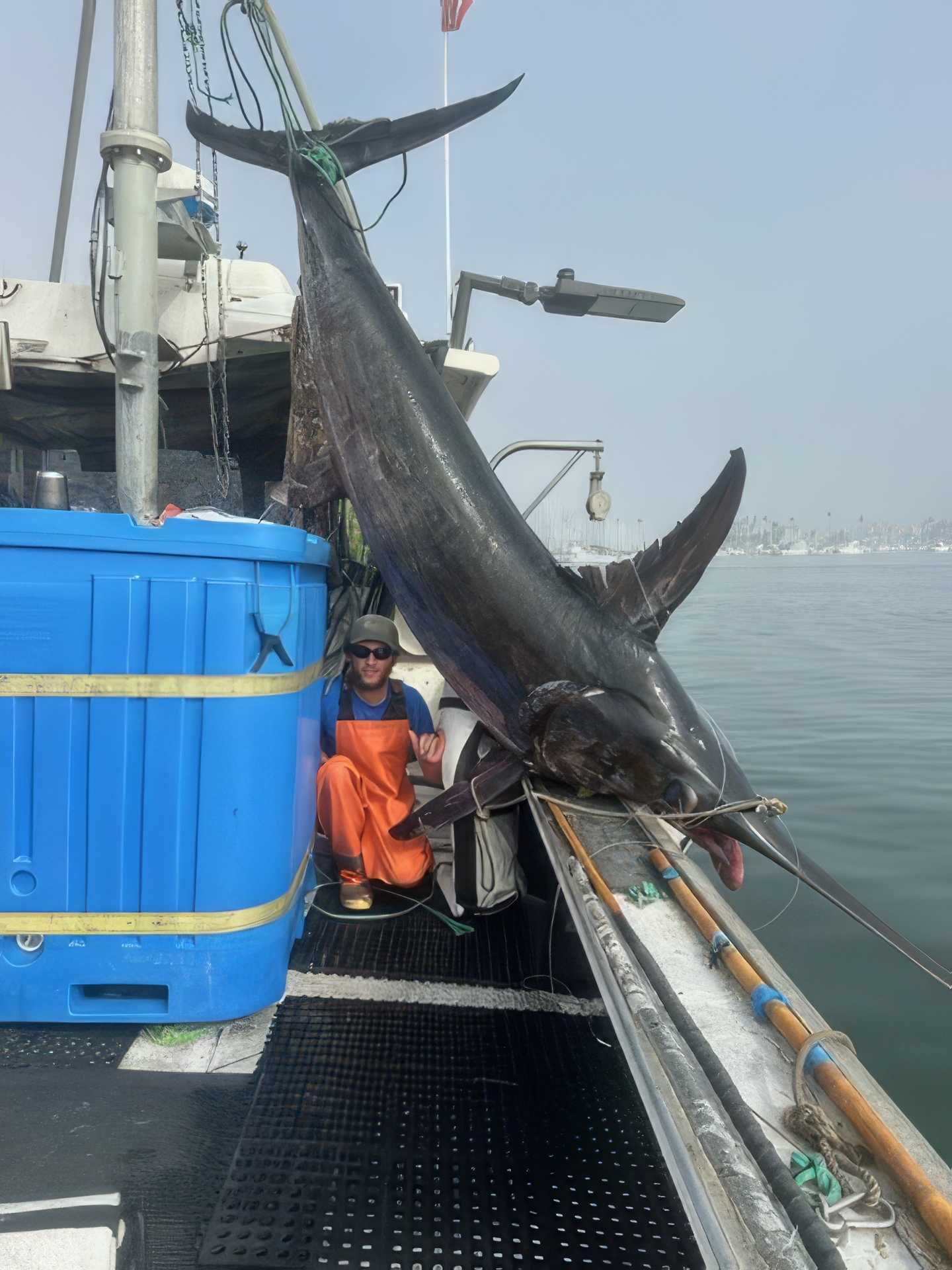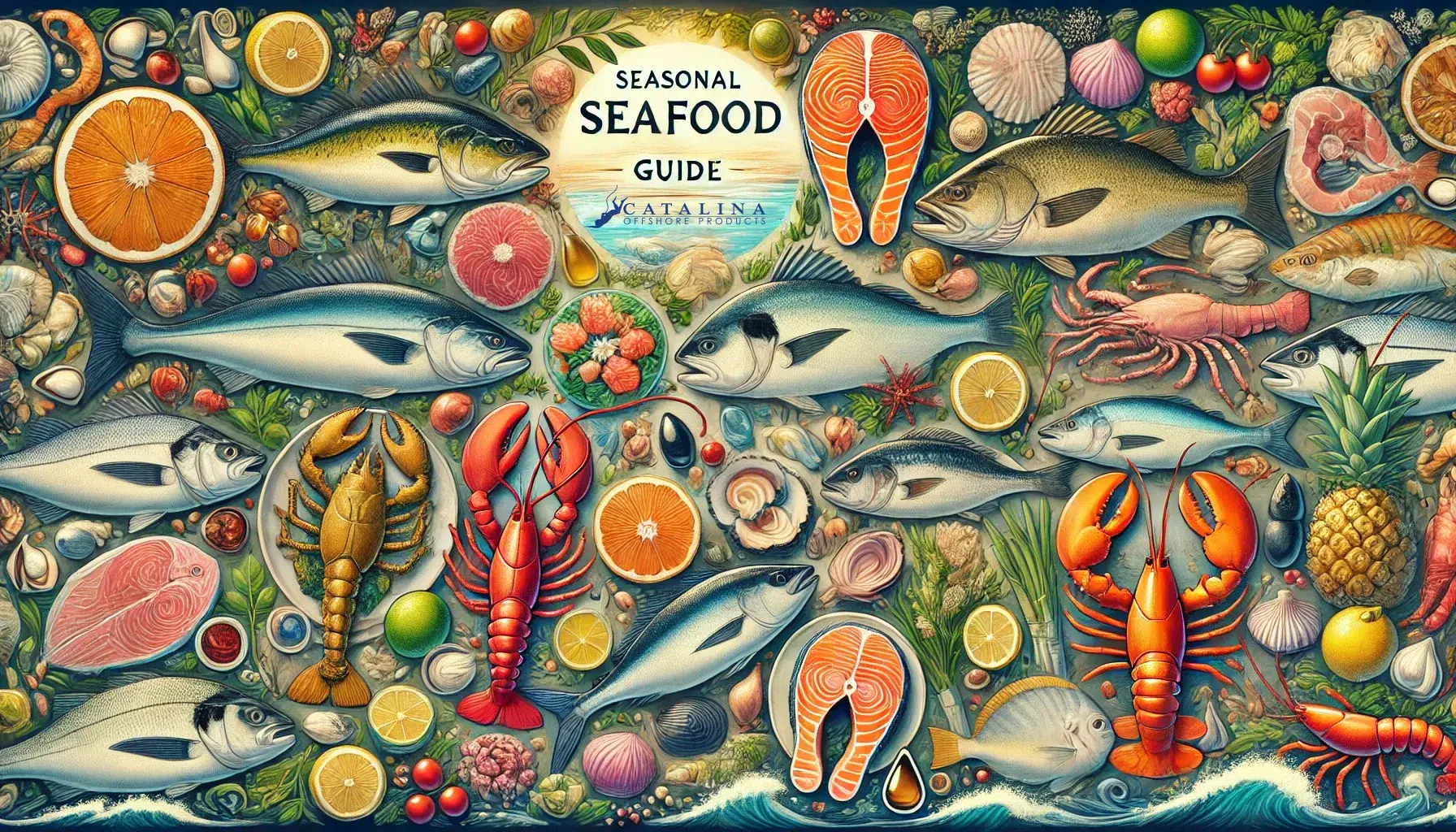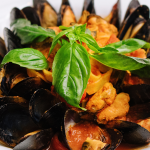
Savor the Sea: How to Make Mussels In White Wine Garlic Delight
Picture this: the sun dips below the horizon, casting a golden glow across the ocean while you sit at a seaside bistro, savoring each exquisite
FREE Overnight Shipping on orders over $300 ($200 in CA. Some suburbs are not included).
By Rebecca Gardon
If you’re a seafood lover who has never tried abalone, you’re missing out! Abalone provides the subtle sweetness of scallops, the brininess of a clam, with a buttery finish. Its texture is pleasantly chewy, similar to calamari.
Many of our customers avoid abalone because they don’t know how to prepare it, or they believe it is endangered and shouldn’t be eaten. In this blog post we will share some tips for sourcing responsibly harvested abalone, and how to prepare abalone.
Scientifically speaking, abalone is a mollusk belonging to the haliotidae family. It’s also a gastropod, or univalve, in that it has one shell versus two, like clams or oysters, which are bivalves. More simply, it’s a sea snail – let’s eat!
Abalone has been long sought after for its iridescent mother-of-pearl shell and delicious meat.
Once upon a time, several species of abalone proliferated the California coast. However, by the late 1900s, numbers had greatly declined. Overfishing, disease, and a series of environmental disasters ultimately led California to ban commercial fishing of abalone. (Recreational diving was also banned but is currently allowed north of San Francisco from April to November, with restrictions.)
Today, restoration programs are helping wild abalone to make a comeback, while sustainable aquaculture provides a responsible alternative for sourcing this shellfish. At Catalina Offshore Products, we offer live green abalone and red abalone meat and steaks from Baja-based abalone farms.
Every great seafood chef knows how to prepare abalone – and you can too! If starting with live abalone, clean it by removing the meat from the shell. You’ll need an oyster shucker, or similar blunt tool, and a towel to hold the abalone in place while also protecting your hands (similar to shucking an oyster). We suggest putting abalone in the freezer for 15-20 minutes before you begin as cold temperatures make them less mobile.
Wedge the shucker between the abalone and its shell. Firmly, but gently, work along the shell until the connective muscle detaches. Slide the abalone meat out of shell. All of the meat is edible, but most people prefer to cut off the guts as well as trim the tough pointed end and frilly black edges.
Coat abalone with kosher salt, then use the towel to scrub and clean the meat. At this point you may slice the abalone into pieces and enjoy it raw or cooked. However, because abalone meat can be tough, many chefs suggest tenderizing it first.
To tenderize abalone, use the flat (non-spiked) side of a meat tenderizer or mallet. Place the abalone in a plastic bag to protect it from being cut. As you pound the abalone, check its texture every once in a while. It will feel noticeably softer when you touch it.
The taste of abalone is quite mild, similar to scallops, so be careful not to overpower it with bold flavors. Serve it chilled with a spritz of lemon or lime and a bit of ponzu, or a drizzle of olive oil. You don’t need much to make this seafood shine in its pure, raw form!
One of the most popular culinary approaches to cleaned, tenderized abalone meat is to fry it with a little butter for just a couple of minutes on each side. You can also dust it with a bit seasoned flour first to lend some additional flavor. Another option is to bread it, slice it and sauté it. Finish with a squeeze of lemon juice and pair with a crisp white wine! Know you know how to prepare abalone, making you that much closer to a greater seafood chef.

Picture this: the sun dips below the horizon, casting a golden glow across the ocean while you sit at a seaside bistro, savoring each exquisite

The Conservation Benefits of Deep-Set Fishing At Catalina Offshore Products, sustainability isn’t just a buzzword—it’s a commitment. As a small family-owned company, we pride ourselves

As we journey through the latter half of the year, each month presents us with an array of fresh seafood delights. From the vibrant flavors of summer to the comforting dishes of winter, choosing and preparing the perfect fish or shellfish can truly elevate your meals. Here’s your comprehensive guide to selecting and cooking the best seasonal seafood from August to December.

Savor the Sea: How to Make Mussels In White Wine Garlic Delight
Picture this: the sun dips below the horizon, casting a

The Conservation Benefits of Deep-Set Fishing: A Sustainable Seafood Solution
The Conservation Benefits of Deep-Set Fishing At Catalina Offshore Products,

Your Ultimate Seasonal Fish Guide: Savor the Freshest Catches from August to December 2024
As we journey through the latter half of the year, each month presents us with an array of fresh seafood delights. From the vibrant flavors of summer to the comforting dishes of winter, choosing and preparing the perfect fish or shellfish can truly elevate your meals. Here’s your comprehensive guide to selecting and cooking the best seasonal seafood from August to December.